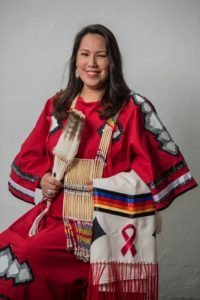by NMAC Policy Analyst, Sable K. Nelson
 April is National Minority Health Month.
April is National Minority Health Month.
Per Matthew Y.C. Lin, MD, the Deputy Assistant Secretary for Minority Health and Director of the Office of Minority Health, the theme for 2018 is Partnering for Health Equity which highlights partnerships at the federal, state, local, tribal and territorial levels that help reduce disparities in health and health care.
In observance of National Minority Health Month, NMAC, along with several national, state and local organizations converged on Capitol Hill on Tuesday, April 17,2018 to educate staffers and members about the soon-to-be introduced Health Equity and Accountability Act (HEAA). HEAA is the only legislation that holistically addresses health inequalities, their intersections with immigration status, age, disability, sex, gender, sexual orientation, gender identity and expression, language, and socio-economic status, along with obstacles associated with historical and contemporary injustices. HEAA is comprehensive, bipartisan legislation that provides policy solutions to address a wide spectrum of health equity concerns:
- Title I: Data Collection and Reporting—Seeks to increase the precision, accuracy, and number of resources for the collection and reporting of health data.
- Title II: Culturally and Linguistically Appropriate Health Care—Ensures patient access to high quality care by enhancing language access services and culturally competent care in the health care delivery system.
- Title III: Health Workforce Diversity—Aims to create a pipeline and training opportunities for professional and allied health care workers that will allow them to more effectively serve communities of color.
- Title IV: Improvement of Health Care Services—Removes harmful barriers to health insurance coverage while maximizing the positive impact of federal health care investments in communities of color.
- Title V: Improving Health Outcomes for Women, Children, and Families—Addresses certain health disparities faced by women and children, and promotes programs supporting healthy family formation.
- Title VI: Mental Health—Incorporates strategies to address mental and behavioral health issues affecting communities of color.
- Title VII: Addressing High Impact Minority Diseases—Proposes focused approaches to combat diseases and conditions that have a disparate impact on racial and ethnic minorities, such as cancer, diabetes, and HIV/ AIDS.
- Title VIII: Health Information Technology—Ensures that underserved communities and communities of color benefit from rapid advances in health information technology (HIT) and new investments in HIT infrastructure that serve as the foundation for improving quality, efficiency, and outcomes as our health care system advances.
- Title IX: Accountability and Evaluation—Strengthens HHS oversight to ensure programs continue to reduce health disparities.
- Title X: Addressing Social Determinants and Improving Environmental Justice—Builds upon the ACA’s historic investments in prevention to bolster primary and secondary prevention efforts and dedicates resources to communities striving to overcome negative social determinants.
NMAC was involved in the development of the content for Title VII (Addressing High Impact Minority Diseases; specifically, the subtitle on HIV/AIDS) and Title IV (Accountability and Evaluation). Personally, I must say that it was been an honor and a privilege to represent NMAC on the HEAA Community Working group. It was humbling and awe-inspiring to work collaboratively with countless advocates from across the country who are passionate and determined to eliminate racial and ethnic health disparities. Collaboratively, we uplifted the voices, challenges and solutions gathered from the lived experiences of our various constituencies.
Since 2007, HEAA has been introduced by the Congressional Tri-Caucus, comprised of the Congressional Asian Pacific American Caucus (CAPAC), the Congressional Black Caucus (CBC), and the Congressional Hispanic Caucus (CHC). In total, 158 different members of Congress have cosponsored HEAA in a bipartisan way throughout previous years. In the 115th Congress, Senator Mazie Hirono and Representative Barbara Lee are the lead sponsors of HEAA. NMAC applauds the Congressional Tri-Caucus for its leadership and hard work. NMAC will keep you posted about the introduction of HEAA in the upcoming weeks and actions the HIV can take to support this piece of legislation going forward.
Addressing the racial and ethnic disparities that exist in HIV prevention and treatment contributes to the realization of health equity. As people living with and affected by HIV, we MUST keep raising our voices and telling our stories about the importance of racial justice and health equity in HIV prevention and treatment. Population-specific disparities exist in HIV prevention and treatment which disproportionately and adversely impact women, people of color, people living with disabilities, and Lesbian, Gay, Bisexual, Transgender, and Queer individuals.
You will have the opportunity to share your story about the importance of racial justice and health equity in HIV prevention and treatment during the Partnering for Health Equity Twitter Chat hosted by the Office of Minority Health on April 25, 2018 at 2p ET For more details visit: https://minorityhealth.hhs.gov/nmhm18/#events

 NMAC gave an olive branch to the new Director when we invited him to the
NMAC gave an olive branch to the new Director when we invited him to the  We can’t do this alone. It’s going to take a movement to make this work. This is the first bridge we’ve had to an administration that has many of us concerned. Deciding to cross the bridge is a test of our leadership. For some it will be impossible. For others it will be impossible not to. There is no clear right answer, but NMAC has always been committed to working with the federal government regardless of the administration. This is also our test.
We can’t do this alone. It’s going to take a movement to make this work. This is the first bridge we’ve had to an administration that has many of us concerned. Deciding to cross the bridge is a test of our leadership. For some it will be impossible. For others it will be impossible not to. There is no clear right answer, but NMAC has always been committed to working with the federal government regardless of the administration. This is also our test.


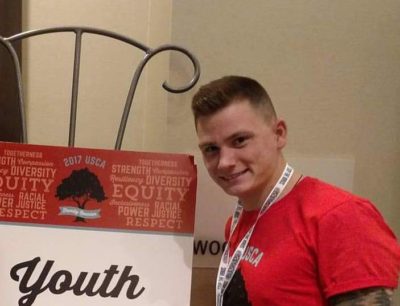


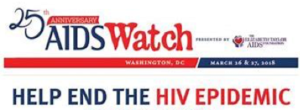
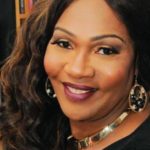
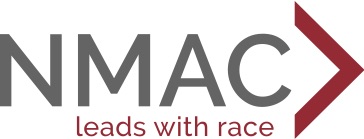



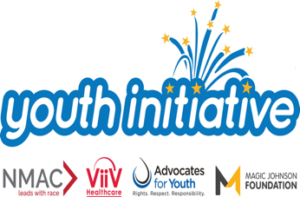

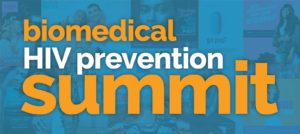
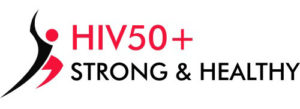


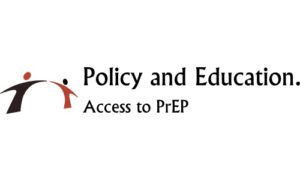

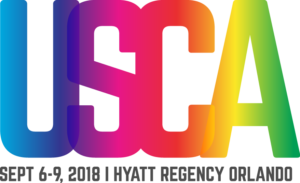

 Re-Scheduled Webinar March 20
Re-Scheduled Webinar March 20 Register now for the latest webinar in our Community Spotlight Series on March 21 at 3:00 PM EST. Gina Brown, Community Organizer for the Southern AIDS Coalition, will join us to talk about Women and HIV in the South.
Register now for the latest webinar in our Community Spotlight Series on March 21 at 3:00 PM EST. Gina Brown, Community Organizer for the Southern AIDS Coalition, will join us to talk about Women and HIV in the South.
